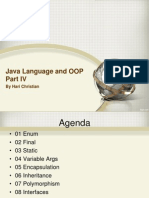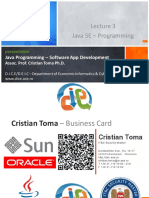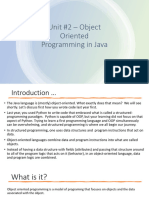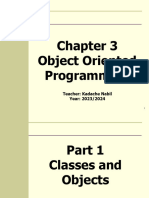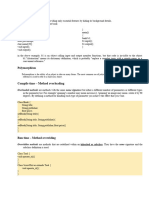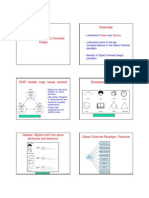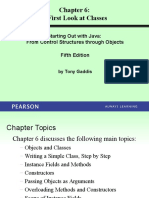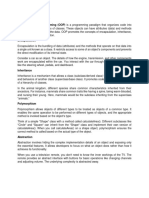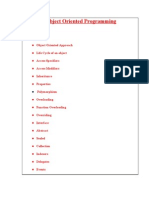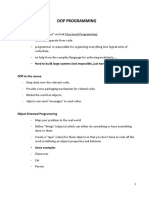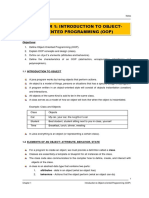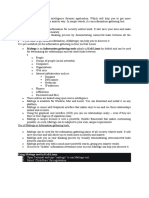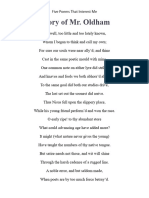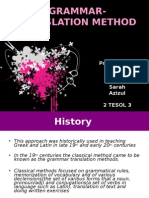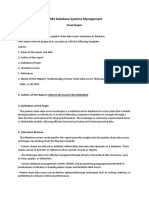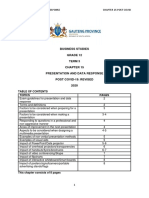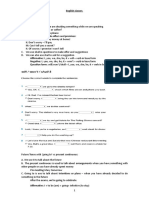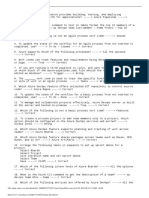0% found this document useful (0 votes)
42 views67 pagesChapter 1 - Introduction To Java
The document serves as an introduction to Java programming, focusing on the Object-Oriented Programming (OOP) paradigm, its principles, and key concepts such as classes, objects, inheritance, encapsulation, abstraction, polymorphism, and exception handling. It covers the benefits of OOP, the use of static and final keywords, operators, control flow statements, and the structure of classes and constructors. Additionally, it discusses interfaces and exception management, emphasizing best practices in exception handling.
Uploaded by
waifCopyright
© © All Rights Reserved
We take content rights seriously. If you suspect this is your content, claim it here.
Available Formats
Download as PDF, TXT or read online on Scribd
0% found this document useful (0 votes)
42 views67 pagesChapter 1 - Introduction To Java
The document serves as an introduction to Java programming, focusing on the Object-Oriented Programming (OOP) paradigm, its principles, and key concepts such as classes, objects, inheritance, encapsulation, abstraction, polymorphism, and exception handling. It covers the benefits of OOP, the use of static and final keywords, operators, control flow statements, and the structure of classes and constructors. Additionally, it discusses interfaces and exception management, emphasizing best practices in exception handling.
Uploaded by
waifCopyright
© © All Rights Reserved
We take content rights seriously. If you suspect this is your content, claim it here.
Available Formats
Download as PDF, TXT or read online on Scribd
/ 67
